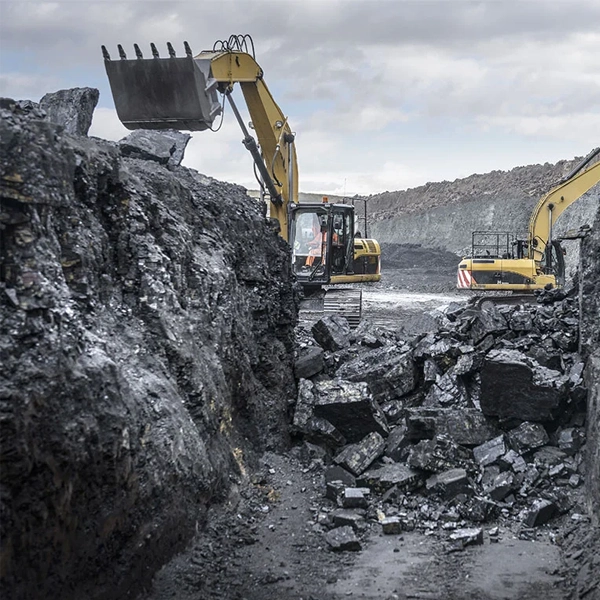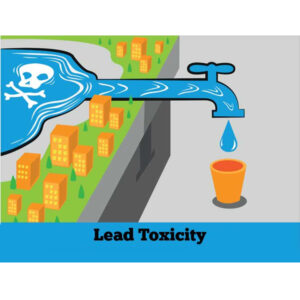Description
Mining, manufacturing, industrialization and the use of synthetic products have resulted in heavy metal contamination of all the segments of environment. Due to their non-biodegradability, it is very difficult to eliminate metals from the environment. Their sources can be categorized as natural and anthropogenic activities. Natural sources are seepage and weathering from rocks, volcanic activity and forest fires. Some of the heavy metals like Cr, Cd, Se, Pb, As, Hg, Cu, Co, Ni and Zn are of severe concern for the researchers in terms of their environmental load and health effects. Several scientific groups, chemical engineers, and environmentalists are making several attempts for minimizing the effects caused by excessive release of heavy metals in the environment
and on human being. Therefore, different remediation technologies such as phytoremediation, adsorption, ion-exchange, coagulation, precipitation, flocculation, ultra-filtration and electrochemical methods have been developed and applied for the scavenging of the toxic metals. In the present chapter, a thorough discussion about the sources, adverse impacts on living beings as well as on environment



